Cats have captivated human hearts for centuries with their mysterious behaviors and elusive charm. One of the most intriguing aspects of feline nature is how they perceive the world around them. Through the eyes of a cat, the familiar environment can take on an entirely different essence. This article explores nine fascinating facts about the visual prowess of our feline companions, shedding light on what makes their world so unique. Prepare to dive into the intriguing realm of cat vision—a perspective that reveals a blend of extraordinary senses and instinctual precision.
Superior Night Vision
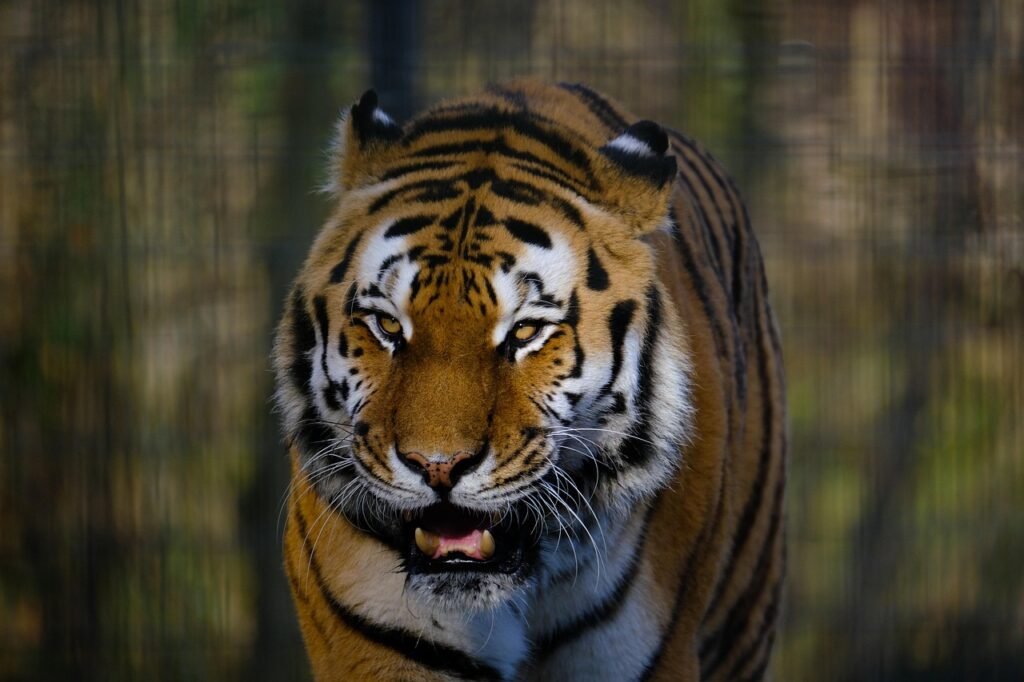
Cats are renowned for their exceptional night vision, which allows them to hunt and navigate in dim light with ease. This remarkable ability is due to a high concentration of rod cells in their retinas—photoreceptors that are especially sensitive to low light. Additionally, a unique layer behind the retina, called the tapetum lucidum, reflects light that passes through the retina back into their eyes, amplifying available light and providing that iconic “glow” when caught in headlights or a flashlight.
Wide Field of View
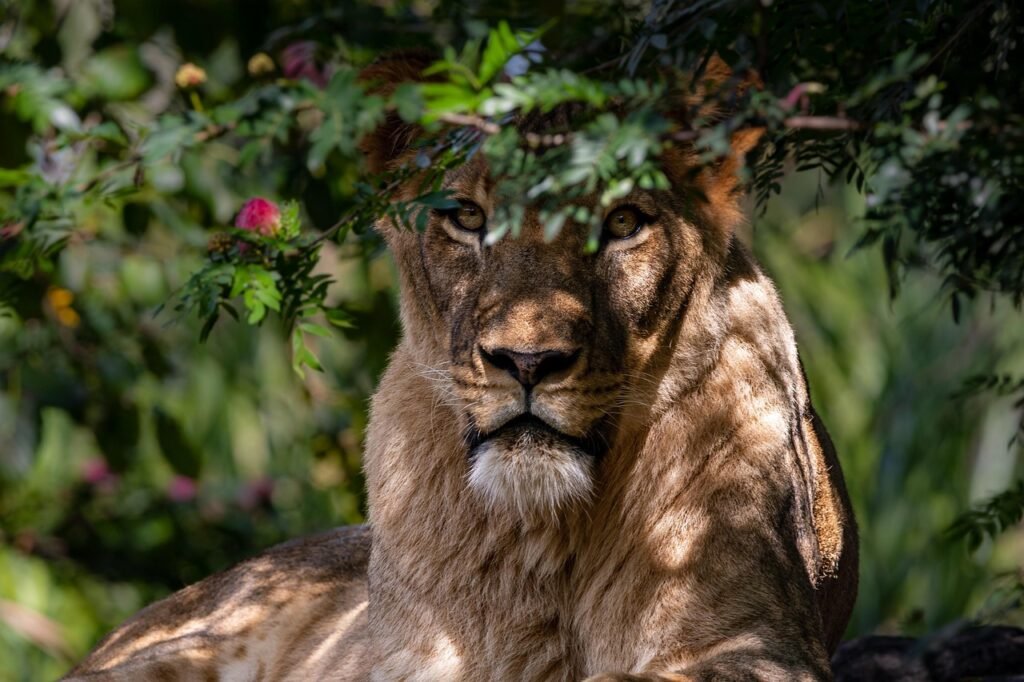
With forward-facing eyes positioned on either side of their face, cats enjoy a wide field of view, approximately 200 degrees, compared to the human field of about 180 degrees. This allows them to detect movements over a broader range which is excellent for spotting potential prey or threats. Although their binocular vision isn’t as pronounced as humans’, this expansive field aids them significantly in survival.
Near-Sightedness with Fine Motion Detection
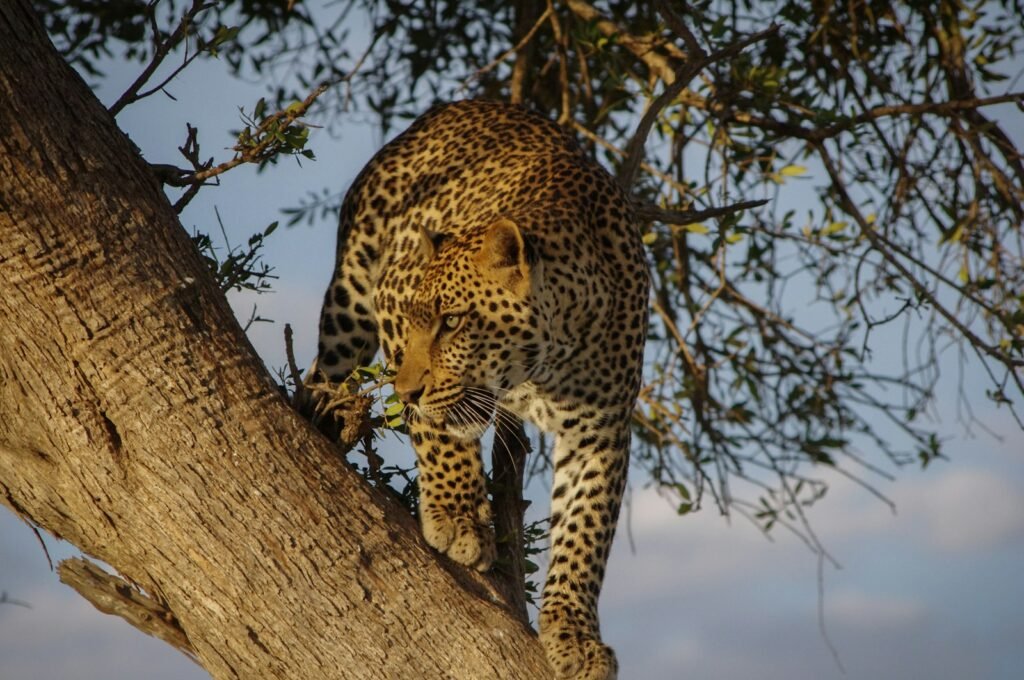
While cats see well in low light, their near-sightedness means they cannot focus clearly on objects more than 20 feet away. However, they compensate with an acute ability to detect even the slightest movements. This is particularly useful for their predatory lifestyle, allowing them to pounce on fast-moving prey with precision.
Color Perception
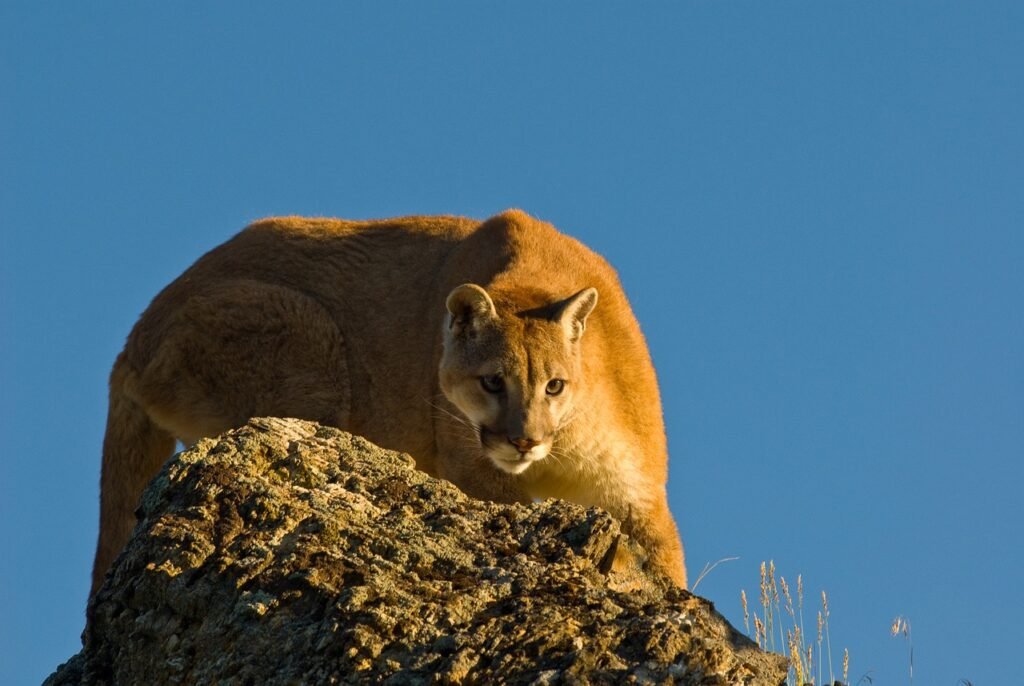
Cats see the world in different shades of blue and green, but their color spectrum is far less vibrant compared to humans. Their retinas have fewer cone cells, which are responsible for color detection, making them less sensitive to bright hues, particularly red. This doesn’t hinder their activities, as they rely more on movement and brightness than on distinguishing colors.
Focus on Texture and Edges
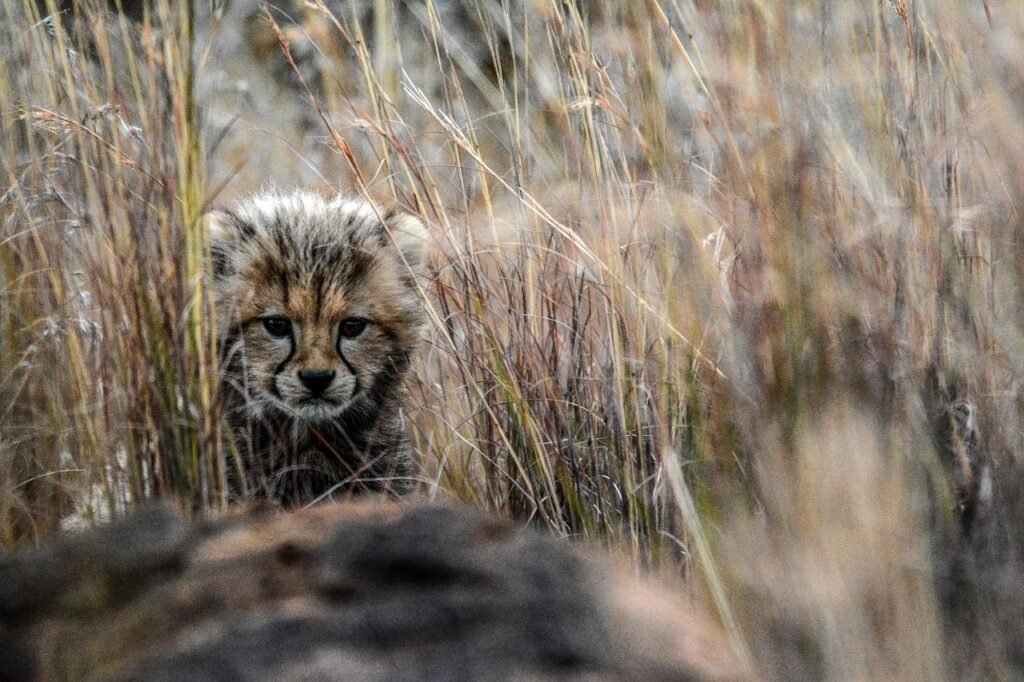
Besides movement detection, cats are adept at focusing on textures and edges. Their vision is tuned to pick up the fine details that tell them more about their surroundings and potential prey. This ability is crucial when differentiating between prey in varied environments, allowing them to adapt to different hunting grounds with agility and expertise.
Rapid Adaptation to Darkness
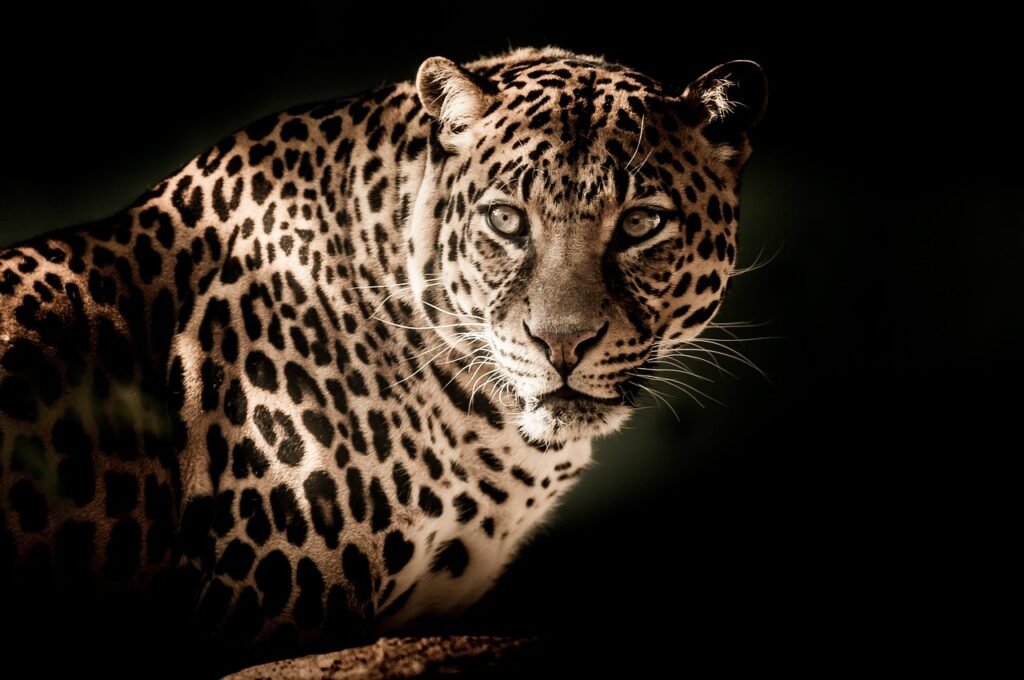
A cat’s eyes can adjust to darkness faster than human eyes, providing them with almost instant adaptation to sudden changes in light. This adaptation is crucial when moving from sunny outdoor environments to the dim shadows of indoor or forested areas, ensuring they maintain their edge during night hunting expeditions.
Incredible Depth Perception
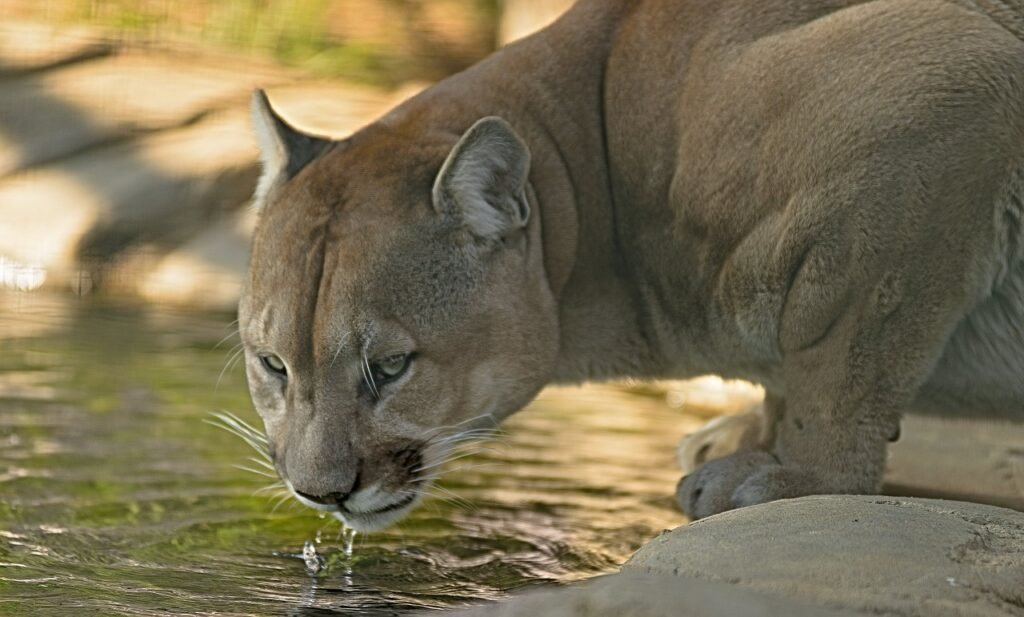
Despite their near-sightedness, cats have robust depth perception that enables them to judge distances with amazing accuracy. This skill is essential for activities such as jumping, where precisely estimating the range is key to landing gracefully. Their depth perception stems from the combination of their wide-set eyes and acute sensitivity to the size and position of objects relative to their own body.
Pupil Dynamics
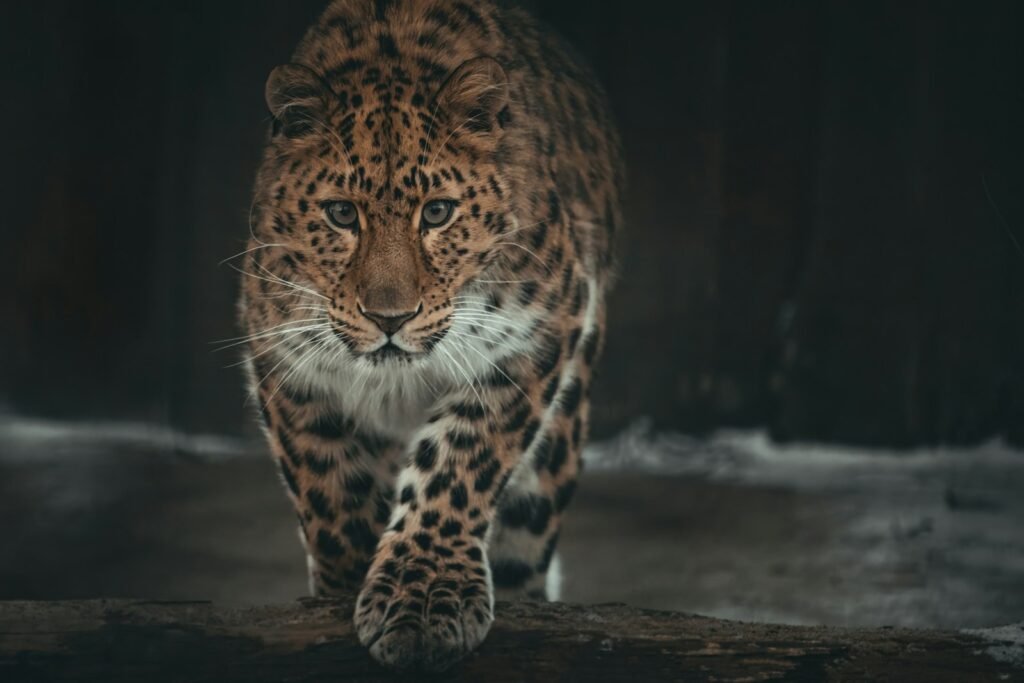
Observing a cat’s eyes reveals how unique their pupils are. Depending on the light conditions, a cat’s pupils can quickly constrict to track fast-moving prey or dilate to capture as much light as possible. The vertical slit shape of their pupils aids in regulating light influx effectively, providing them with superior control over their vision during various times of the day.
Communication through Eye Contact
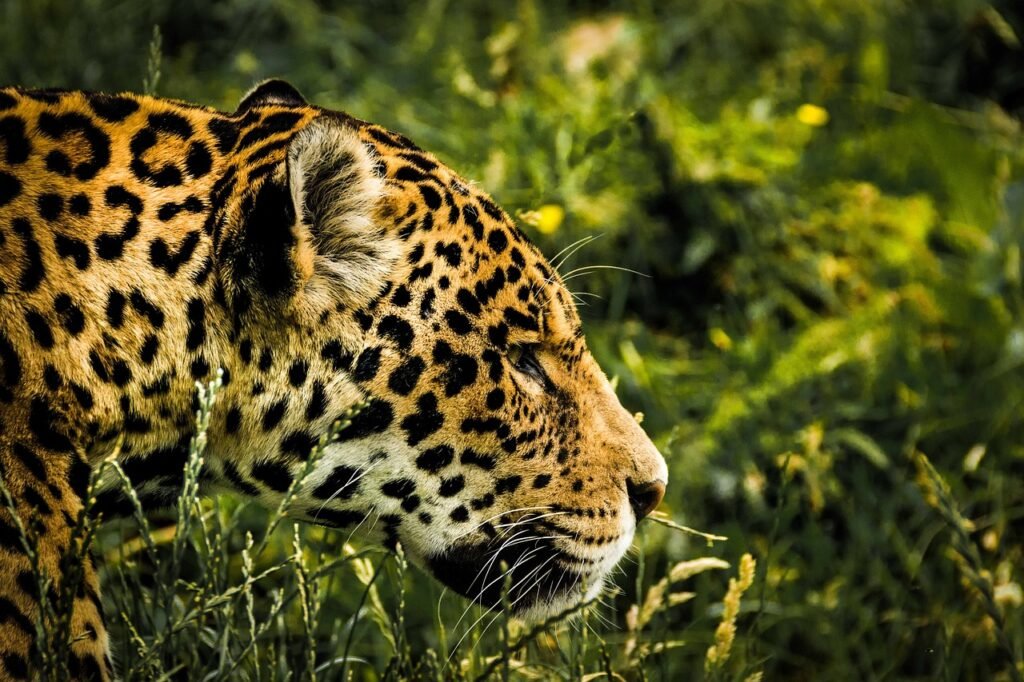
Cats use their eyes not just for seeing the world but for communicating with it as well. Cats often use slow blinking as a form of communication, signifying trust and relaxation when exchanged with humans or other cats. Conversely, prolonged staring can signal a challenge or discontent, showcasing how integral their eyes are in expressing emotions and social cues.
In conclusion, the world as seen through a cat’s eyes is a fascinating blend of acute sensitivity to movement, limited color recognition, and incredible night vision. Their unique visual abilities have been honed over millennia, perfectly suited for their stealthy, predatory lifestyle. While their perception may differ from our own, understanding these differences can deepen our appreciation for these enigmatic creatures and reinforce the special bond we share with them.
Hi, I’m Bola, a passionate writer and creative strategist with a knack for crafting compelling content that educates, inspires, and connects. Over the years, I’ve honed my skills across various writing fields, including content creation, copywriting, online course development, and video scriptwriting.
When I’m not at my desk, you’ll find me exploring new ideas, reading books, or brainstorming creative ways to solve challenges. I believe that words have the power to transform, and I’m here to help you leverage that power for success.
Thanks for stopping by, Keep coming to this website to checkout new articles form me. You’d always love it!






